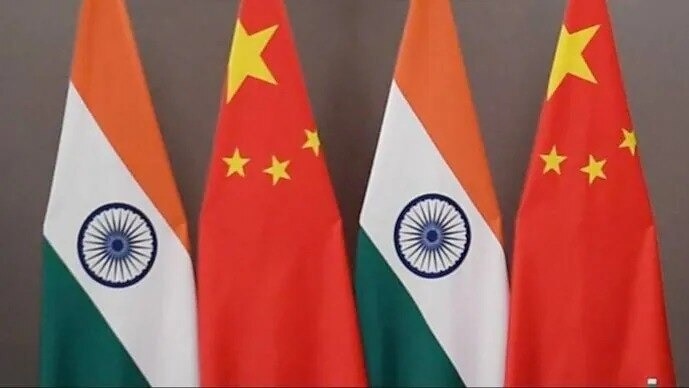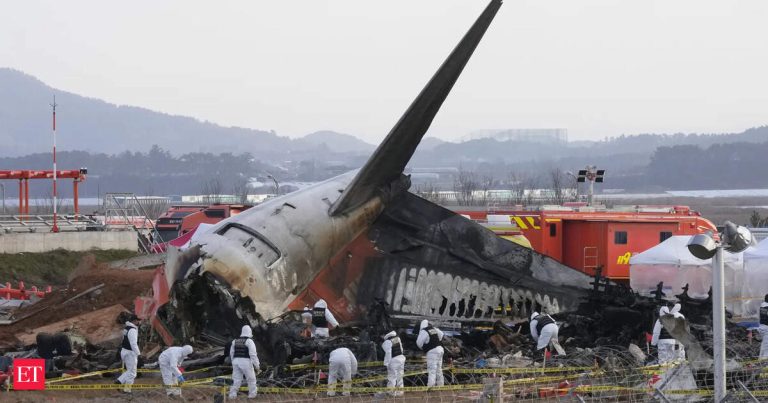Veteran investor Shankar Sharma thought he had stumbled upon a sign of India’s manufacturing rise — a cluttered workshop in a Mumbai slum promising custom-made gym equipment with catalog-level polish.
“We are on the cusp of a manufacturing boom finally,” he recalled thinking. But the optimism faded quickly.
“I asked, ‘You can really make me this?’” Sharma wrote on X. “He said: ‘Sir, I import from China and assemble it here. Their quality, finish, look, is simply unmatchable.’”
The exchange, though simple, offered a sobering reality: even at the grassroots, Indian manufacturing is often a label on top of Chinese supply. Sharma called it a “true story of yesterday.” For many, it’s the story of today — and the reason the ‘China+1’ dream still feels out of reach.
Several users responded to Sharma’s post with a similar sense of resignation. “I think it’s time for the world to change their adversarial approach to China. Just accept it. They beat everyone,” one user wrote. Another added, “We can’t even make everyday items like nail clippers, luggage, or bathroom weighing scales to the quality that China does. Cars and electronics toh door ki baat hai.”
Sharma’s post comes at a time when India is widely seen as a potential alternative to China in global supply chains — a narrative that gained momentum during the pandemic and was further accelerated by the U.S.–China trade war. With U.S. tariffs on Chinese exports now as high as 145%, and India being spared under new reciprocal duty rules, the moment seems ripe for a shift. But the ground reality remains more complex.
A major roadblock, experts say, lies in India’s own regulatory maze. A study by Prosperiti, cited in the Economic Survey 2023–24, reveals how restrictive building regulations — from setbacks and parking mandates to floor space ratios — force factories to give up massive portions of usable land. In some states, small factories reportedly lose up to 90% of their plot area just to comply with building codes, making efficient manufacturing nearly impossible.
Compared to countries like Singapore, Hong Kong, or even the Philippines, where industrial land is used far more effectively, Indian manufacturers remain boxed in — literally and structurally.
The Survey notes that unlocking manufacturing growth will require not just incentives or capital, but serious reform in how land is regulated and factories are allowed to scale. Until then, as Sharma’s brief encounter in a Mumbai slum shows, India’s factories may keep building dreams on Chinese parts.






